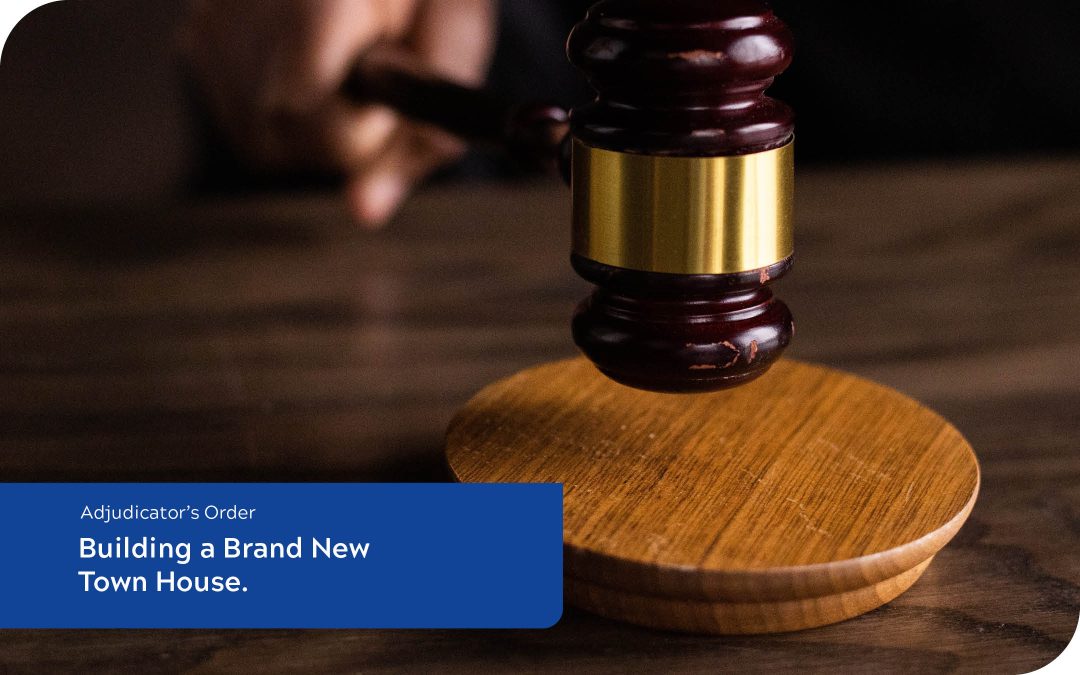This month’s case of note centres around applicant owners of a stand-alone town house within a 9-lot body corporate in Noosa.
The Noosa scheme was constructed and established in 1982 and contained town houses consistent with that building era.
The applicant lot owners in this case were the owners of the only stand-alone town house in the scheme which did not share a wall with a neighbour.
The applicants wished to completely re-develop their lot by knocking over the existing dwelling and erecting a modern town house in its place. The applicants sought the Committee’s permission to redevelop their lot and correspondence with the Committee and other owners through multiple meetings.
The applicants amended their proposed plans, however, the Committee voted to refuse consent for the redevelopment plans under their by-laws for the following reasons:
- By-law 3 – Obstruction – Committee members were concerned there was insufficient management of access to the common property for other lot owners including access to the pool;
- By-law 5 – Damage to Common Property – Committee members were concerned that insufficient information had been provided to manage tradesperson damage to the common property as part of the redevelopment;
- By-law 8 – Appearance – The Committee were concerned the new development would not be consistent with the character of the other lots, the structure would change the ambience and be out of character with the existing lots and it would dominate the small common area.
As part of the application before the Adjudicator, the applicants argued there was no by-law requiring the town houses within the scheme to be uniform and that it would be unreasonable for the Committee to withhold their consent on the basis of redevelopment involving a change to the lot when it was already a separate lot and different to the other lots within the scheme.
Additionally, the applicants argued it was unreasonable for the Committee to deny the application given the lot was in poor condition and the applicants had an obligation to maintain it in good condition.
The Adjudicator was asked to consider whether the Committee had acted unreasonably in refusing to consent to the applicant’s request to make changes to the structure and external appearance of their lot.
Fortunately, in this instance the Committee had kept detailed information regarding the relevant factors considered by the Committee which included concerns such as:
- the current overall design of the scheme versus a new modern design;
- the 1980’s architecture with gable roofs, open balconies, exterior door and window frames in consistent styles;
- uniform materials and colours used throughout the scheme which would not be used in the new construction;
- the proposed amendment to the roof line which would expand the balcony, making it dominant and detract from the ambience and amenity of the small common area;
- changes to privacy as a result of new windows being installed in the new development on walls which had no windows; and
Looking at the Committee’s reasoning, the Adjudicator noted:
- The Committee’s decision could not be disturbed if it was “legally unreasonable” – that is if the decision lacked an evident and intelligent justification; and
- “A legally reasonable decision is not a uniquely right one. It involves matters of degree about which contrary – even opposite – conclusions can be reasonably reached on the same body of evidence by different lines of reasoning or by reference to other determinants without either being demonstrably right or manifestly wrong.”
The Adjudicator found the applicants had not demonstrated the Committee acted unreasonably either in the decision-making process or by reaching a legally unreasonable decision. The requested orders were not warranted.
In closing the Adjudicator noted it was open to the applicants to put their request as a motion to the annual general meeting to have all owners vote on it and/or to keep liaising with the Committee to refine the proposed style and resolve concerns about the modern style and balcony roof.
If you wish to read over the case, you can find it here: http://classic.austlii.edu.au/au/cases/qld/QBCCMCmr/2023/217.html
